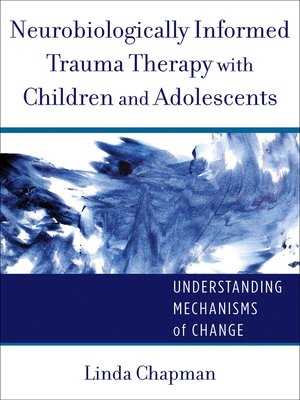Neurobiologically Informed Trauma Therapy with Children and Adolescents
ebook ∣ Understanding Mechanisms of Change · Norton Series on Interpersonal Neurobiology
By Linda Chapman

Sign up to save your library
With an OverDrive account, you can save your favorite libraries for at-a-glance information about availability. Find out more about OverDrive accounts.
Find this title in Libby, the library reading app by OverDrive.



Search for a digital library with this title
Title found at these libraries:
| Library Name | Distance |
|---|---|
| Loading... |
Nonverbal interactions are applied to trauma treatment for more effective results.
The model of treatment developed here is grounded in the physical, psychological, and cognitive reactions children have to traumatic experiences and the consequences of those experiences. The approach to treatment utilizes the integrative capacity of the brain to create a self, foster insight, and produce change. Treatment strategies are based on cutting-edge understanding of neurobiology, the development of the brain, and the storage and retrieval of traumatic memory. Case vignettes illustrate specific examples of the reactions of children, families, and teens to acute and repeated exposure to traumatic events.Also presented is the most recent knowledge of the role of the right hemisphere (RH) in development and therapy. Right brain communication, and how to recognize the non-verbal symbolic and unconscious, affective processes will be explained, along with examples of how the therapist can utilize art making, media, tools, and self to engage in a two-person biology.







